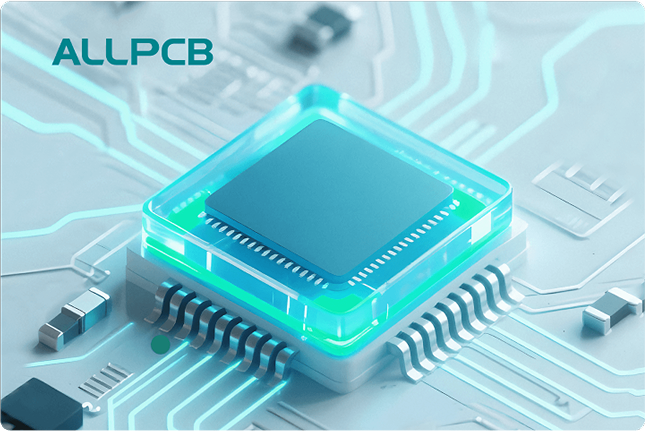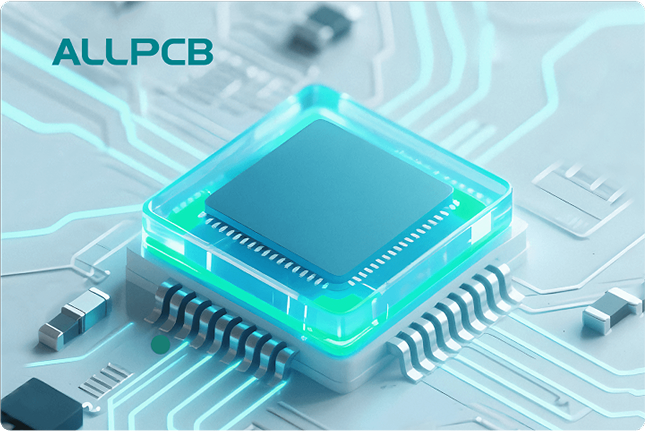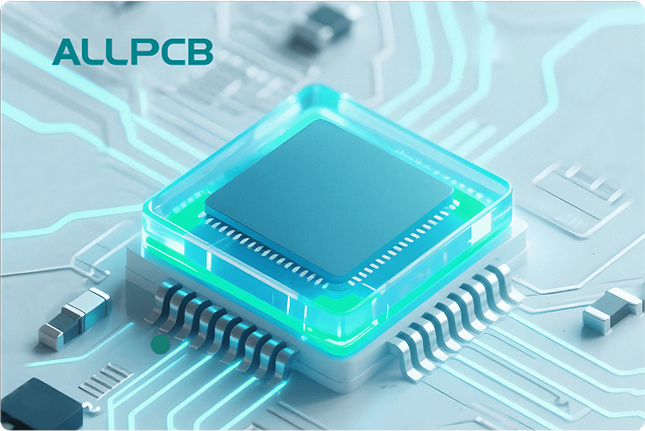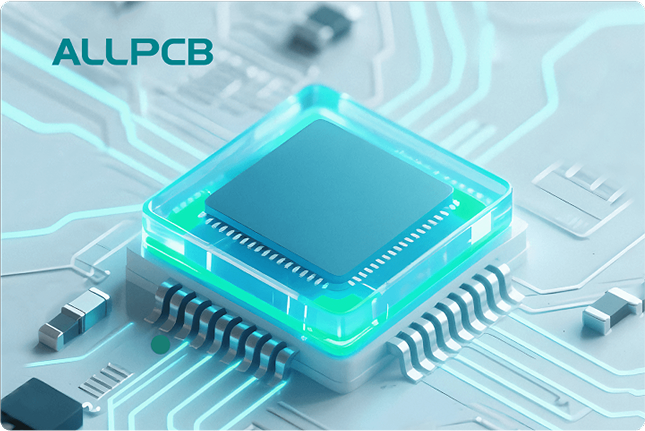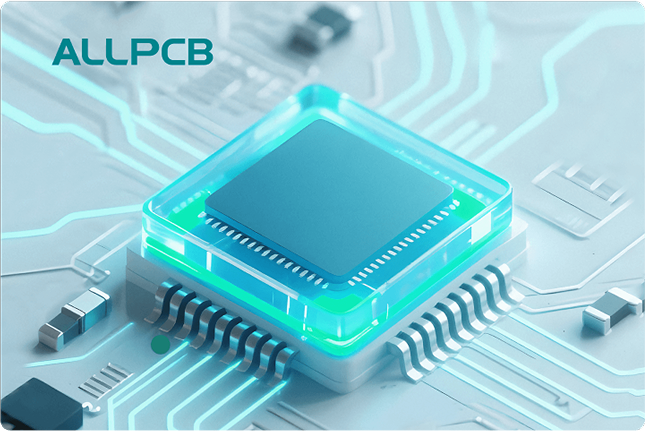In the world of electronics and industrial automation, choosing the right relay for your project is crucial. If you're wondering about the differences between a solid state relay (SSR) and an electromechanical relay, or seeking insights into SSR advantages, disadvantages, applications, and circuit design, you're in the right place. This comprehensive guide will break down everything you need to know about SSRs, helping you make informed decisions for your designs and applications.
At its core, a solid state relay is an electronic switching device that uses semiconductor components to control electrical loads without moving parts, unlike traditional electromechanical relays. Below, we dive deep into the world of SSRs, comparing them to their mechanical counterparts and exploring their unique benefits and limitations.
What is a Solid State Relay (SSR)?
A solid state relay (SSR) is a type of relay that uses semiconductor devices like thyristors, triacs, or MOSFETs to switch electrical loads on and off. Unlike electromechanical relays, which rely on physical contacts and coils to operate, SSRs have no moving parts. This design makes them faster, quieter, and often more reliable in specific scenarios. SSRs typically use optical coupling for isolation, where a control signal activates an internal LED, which then triggers a photosensitive component to switch the load.
The absence of mechanical components in SSRs leads to distinct differences when compared to electromechanical relays. Understanding these differences is key to selecting the right relay for your needs, whether you're working on industrial automation, HVAC systems, or consumer electronics.
Solid State Relay vs Electromechanical Relay: Key Differences
When comparing a solid state relay vs electromechanical relay, the fundamental distinction lies in their construction and operation. Electromechanical relays (EMRs) use a coil to create a magnetic field that physically moves contacts to open or close a circuit. In contrast, SSRs rely on electronic components for switching, eliminating mechanical wear and tear.
Here are the primary differences between the two:
- Construction: SSRs have no moving parts, while EMRs rely on mechanical contacts.
- Switching Speed: SSRs can switch in microseconds to milliseconds (typically 1-10 ms for AC loads), while EMRs take longer, often 5-15 ms due to physical movement.
- Noise: SSRs operate silently, whereas EMRs produce a clicking sound when switching.
- Lifespan: SSRs can last for millions of cycles due to the lack of wear, while EMR contacts degrade over time, typically lasting 100,000 to 1,000,000 cycles.
- Power Handling: EMRs often handle higher currents and voltages (up to hundreds of amps), while SSRs are generally limited to lower ranges unless specialized models are used.
These differences influence which relay type is better suited for specific tasks. For instance, SSRs excel in high-frequency switching, while EMRs are often preferred for high-power applications.
SSR Advantages: Why Choose a Solid State Relay?
The SSR advantages make them a popular choice in many modern applications. Their unique design offers several benefits over traditional relays, especially in environments where reliability and speed are critical. Let's explore some of the key advantages:
1. No Moving Parts for Enhanced Durability
Since SSRs lack mechanical components, they are not subject to wear and tear from repeated switching. This results in a significantly longer lifespan, often exceeding millions of operations, compared to the limited cycles of EMRs.
2. Fast Switching Speeds
SSRs switch much faster than EMRs, with typical switching times in the range of 1 to 10 milliseconds for AC loads and even faster for DC loads. This speed is crucial in applications requiring rapid response, such as motor control or lighting systems.
3. Silent Operation
Unlike EMRs, which produce an audible click with each operation, SSRs operate silently. This makes them ideal for noise-sensitive environments like hospitals or residential settings.
4. High Resistance to Shock and Vibration
Without mechanical parts, SSRs are less affected by physical shocks or vibrations, making them suitable for harsh industrial environments or mobile applications.
5. Low Power Consumption
SSRs require minimal control current to activate, often in the range of 7-15 mA, compared to the higher coil currents needed for EMRs. This efficiency is beneficial in energy-conscious designs.
SSR Disadvantages: Limitations to Consider
While SSRs offer many benefits, there are also SSR disadvantages that may impact their suitability for certain applications. Understanding these limitations is essential for making an informed choice.
1. Higher Initial Cost
SSRs are generally more expensive than EMRs due to their semiconductor components. For budget-conscious projects, this cost difference can be a deciding factor, especially when multiple relays are needed.
2. Heat Generation
SSRs generate heat during operation due to voltage drops across their semiconductor components, typically around 1-1.5V per switch. This often requires heat sinks or proper ventilation, adding to design complexity and cost.
3. Limited Current and Voltage Ratings
Compared to EMRs, SSRs often have lower maximum current and voltage ratings. While some SSRs can handle up to 100A or 600V, many standard models are limited to 10-40A, making them less suitable for high-power applications.
4. Leakage Current
Even in the off state, SSRs can have a small leakage current (typically in the microamp to milliamp range), which may interfere with sensitive circuits or pose safety risks in certain designs.
5. Susceptibility to Transients
SSRs are more sensitive to voltage spikes and transients, which can damage their semiconductor components. Additional protective circuitry, such as snubbers or varistors, may be necessary to mitigate these risks.
SSR Applications: Where Do Solid State Relays Shine?
The unique characteristics of SSRs make them ideal for a wide range of SSR applications. Their reliability, speed, and silent operation open up possibilities in various industries. Here are some common uses:
1. Industrial Automation
SSRs are widely used in industrial control systems for switching heaters, motors, and solenoids. Their long lifespan and resistance to vibration make them perfect for factory environments where equipment runs continuously.
2. HVAC Systems
In heating, ventilation, and air conditioning systems, SSRs control elements like compressors and fans. Their silent operation and fast switching ensure precise temperature regulation without disturbing occupants.
3. Lighting Control
SSRs are often used in lighting systems, especially for dimming or frequent on-off cycles. Their speed and durability outperform EMRs in applications like stage lighting or streetlight control.
4. Medical Equipment
The noise-free operation and reliability of SSRs make them suitable for sensitive medical devices, such as MRI machines or patient monitoring systems, where silence and precision are critical.
5. Consumer Electronics
In household appliances like coffee makers or microwave ovens, SSRs provide reliable switching for heating elements and motors, enhancing product longevity.
SSR Circuit Design: Key Considerations
Designing a circuit with an SSR requires careful planning to ensure optimal performance and safety. When exploring SSR circuit design, engineers must consider factors like load type, heat dissipation, and protection mechanisms. Below are essential tips for incorporating SSRs into your projects.
1. Matching Load Type
SSRs are available for both AC and DC loads, so selecting the correct type is critical. For instance, AC SSRs often use triacs or thyristors for switching, while DC SSRs rely on MOSFETs. Ensure the SSR’s voltage and current ratings match your load requirements—common ratings are 24-480V AC or 3-100V DC with currents up to 40A for standard models.
2. Heat Management
Since SSRs generate heat (approximately 1W per amp of load current), proper heat sinking is essential. For a 10A load, an SSR might dissipate 10-15W of heat, requiring a heat sink with a thermal resistance of less than 2°C/W in many cases. Always consult the manufacturer’s datasheet for thermal guidelines.
3. Overcurrent and Overvoltage Protection
To protect SSRs from transients, include protective components like varistors or RC snubber circuits across the output terminals. For a 240V AC load, a varistor rated for 275V AC can help absorb voltage spikes. Additionally, use fast-acting fuses to prevent overcurrent damage.
4. Control Signal Compatibility
Ensure the control voltage matches the SSR’s input requirements, typically 3-32V DC for most models, with a current draw of 7-15 mA. Verify that your microcontroller or driver circuit can provide this signal without overloading.
5. Isolation and Safety
SSRs provide electrical isolation between control and load circuits, often rated at 2.5-4 kV. This isolation protects low-voltage control systems from high-voltage loads, but always double-check insulation requirements for safety compliance in your application.
How to Choose Between SSR and Electromechanical Relay
Deciding between a solid state relay vs electromechanical relay depends on your specific needs. Consider the following factors:
- Switching Frequency: For high-frequency applications (e.g., hundreds of cycles per minute), choose SSRs for their speed and durability.
- Load Power: For high-power loads above 50A or 600V, EMRs may be more cost-effective and capable.
- Environment: In noisy or vibration-prone settings, SSRs offer better reliability.
- Budget: If cost is a primary concern, EMRs are often cheaper upfront, though SSRs may save money in the long term due to lower maintenance.
By weighing these factors, you can select the relay that best fits your project’s technical and financial constraints.
Conclusion: Leveraging SSRs for Modern Designs
Solid state relays offer a modern, reliable solution for a wide range of applications, from industrial automation to consumer electronics. Their advantages, such as fast switching, durability, and silent operation, make them a preferred choice in many scenarios. However, limitations like heat generation and higher costs mean they aren’t always the best fit. By understanding the nuances of SSR advantages, SSR disadvantages, and SSR applications, as well as comparing solid state relay vs electromechanical relay options, you can design circuits that meet your needs effectively.
Whether you're an engineer working on a complex automation system or a hobbyist building a home project, SSRs provide a versatile tool to enhance performance. With careful attention to SSR circuit design, including heat management and protection, you can ensure long-lasting, efficient operation in your systems.
At ALLPCB, we’re committed to supporting your electronic design journey with high-quality components and resources. Explore our range of solutions to find the perfect fit for your next project.
 ALLPCB
ALLPCB



